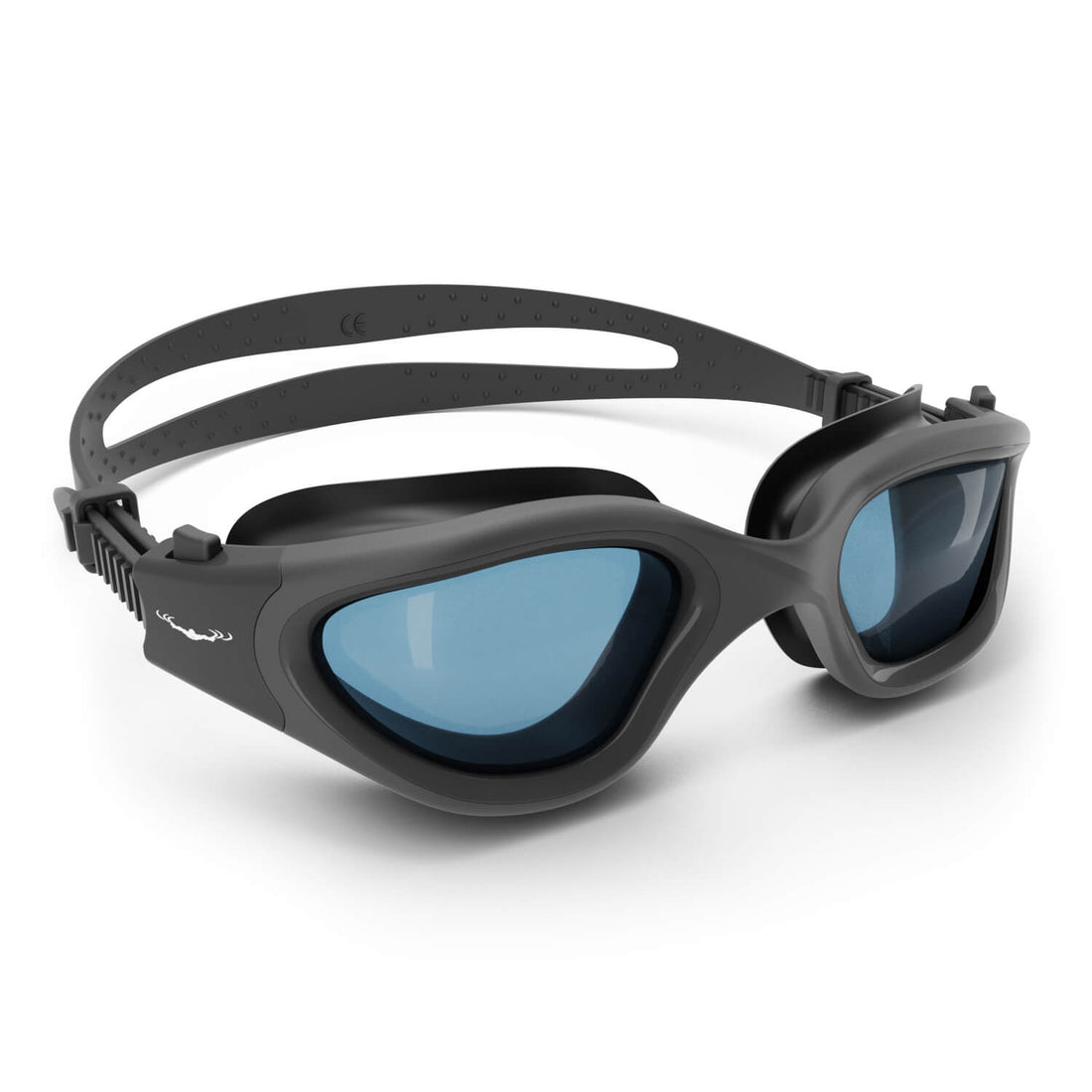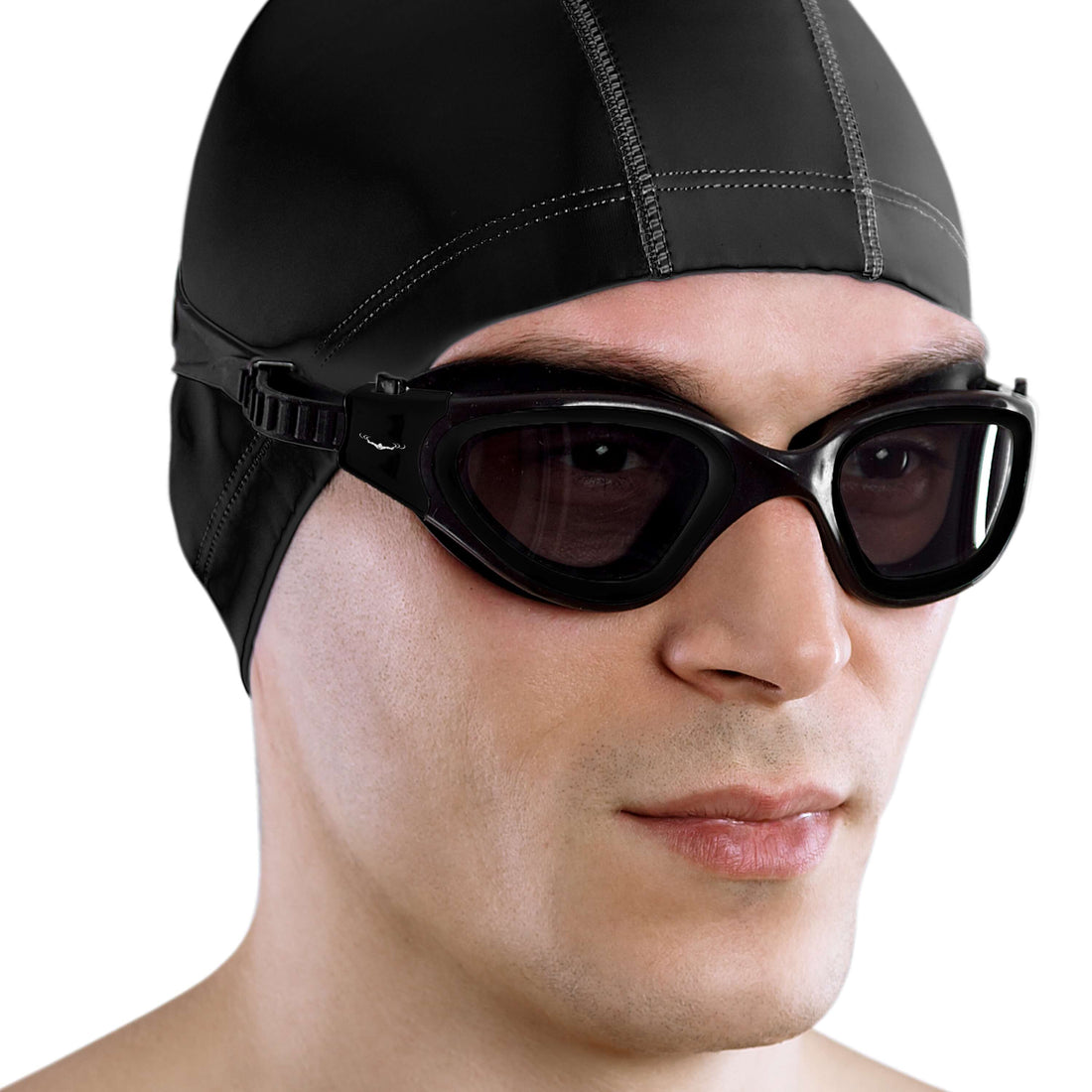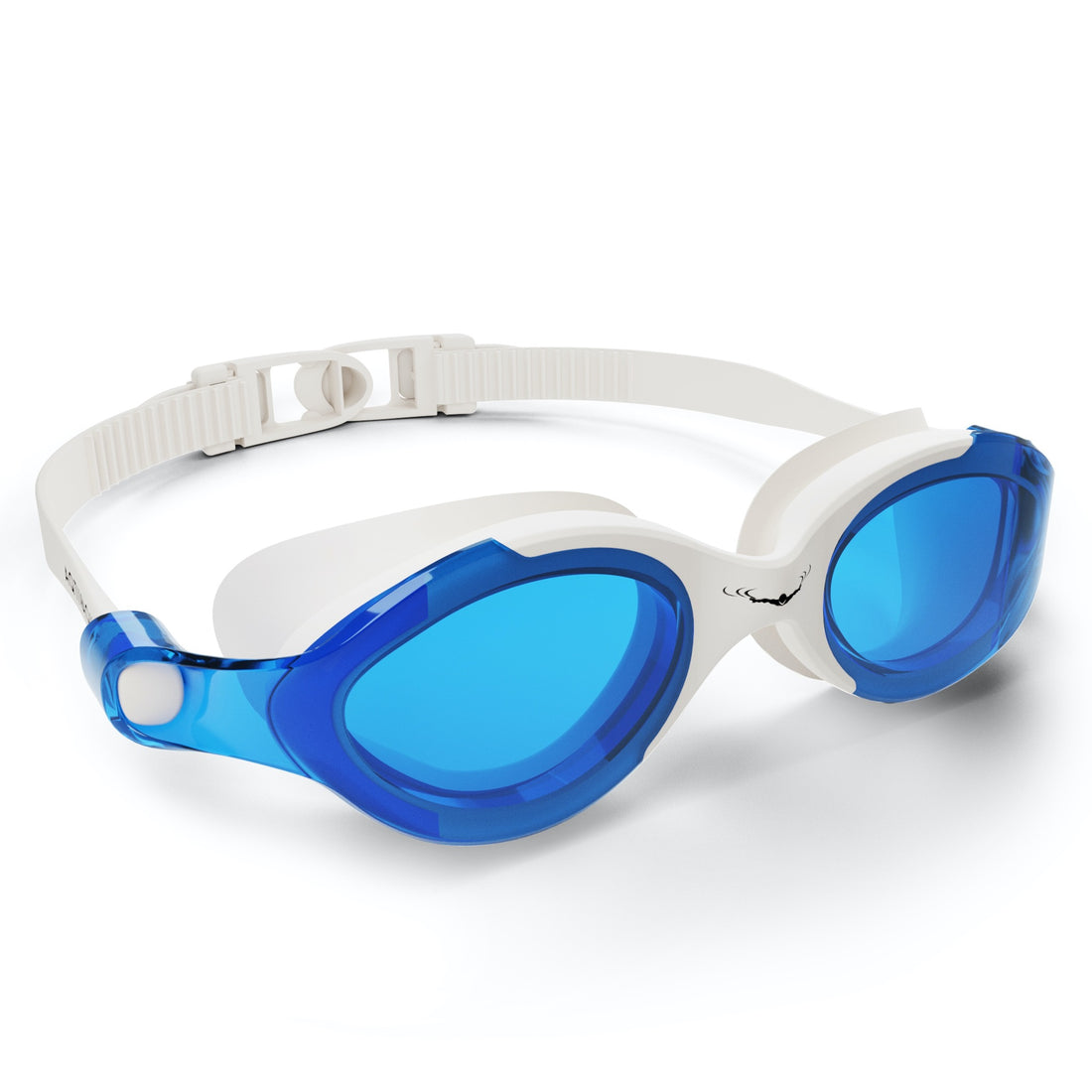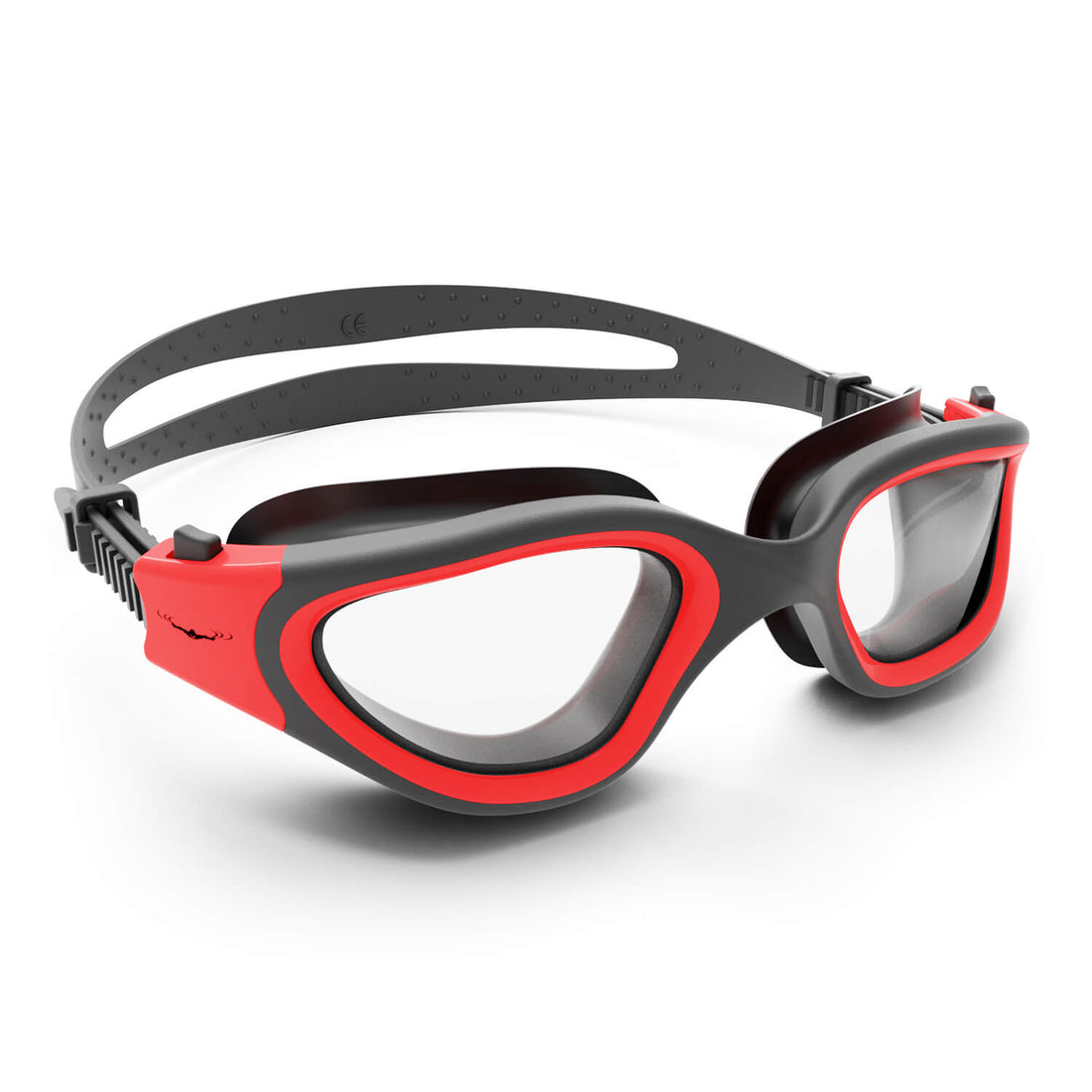Swimming in cold water can be a thrilling and invigorating experience, but it also comes with its share of risks. Whether you are a seasoned swimmer or a beginner, understanding the dangers and taking necessary precautions is essential to ensure a safe and enjoyable swimming experience. In this blog post, we will explore the risks associated with swimming in cold water and provide valuable tips on how to stay safe.
The Risks of Swimming in Cold Water
One of the primary risks of swimming in cold water is hypothermia. When your body is exposed to cold water for an extended period, it loses heat faster than it can produce it, leading to a drop in core body temperature. This can result in symptoms such as shivering, confusion, and even loss of consciousness. It is crucial to be aware of the signs of hypothermia and take immediate action if you or someone else starts exhibiting these symptoms.
Precautions to Take Before Swimming
Before heading out for a swim in cold water, there are several precautions you can take to minimize the risks. Wearing appropriate swim gear such as a silicone cap and swim goggles can help retain heat and protect your eyes from the cold water. Additionally, swim caps and swim ear bands can prevent water from entering your ears, reducing the chances of ear infections.
It is also essential to acclimate your body to the cold water gradually. Start by splashing some cold water on your face and gradually immerse yourself to allow your body to adjust to the temperature. Avoid jumping straight into the water, especially if it is extremely cold, as this can shock your system and increase the risk of hypothermia.
Recognizing the Signs of Cold Water Shock
Another risk associated with swimming in cold water is cold water shock. When your body is suddenly exposed to cold water, it can trigger a cold water shock response, leading to an involuntary gasp reflex and difficulty breathing. It is crucial to be aware of the signs of cold water shock and know how to respond if you or someone else experiences it.
Staying Safe While Swimming
Once you are in the water, there are several precautions you can take to stay safe while swimming in cold water. Avoid swimming alone, especially in remote areas, and always let someone know your swim route and estimated return time. This can help ensure that help is available if you run into any trouble while swimming.
Keep an eye out for changes in your body temperature and be prepared to get out of the water if you start feeling too cold. It is better to err on the side of caution and exit the water early rather than risk hypothermia or other cold-related injuries.
Post-Swim Safety Tips
After your swim, it is vital to take proper post-swim precautions to avoid any lingering effects of swimming in cold water. Change out of your wet swim gear promptly to prevent further heat loss from your body. Warm up gradually with a hot beverage or by wrapping yourself in a warm blanket to help your body return to its normal temperature.
Conclusion: Dive into Cold Water Safely
Swimming in cold water can be a rewarding experience, but it is essential to be mindful of the risks involved and take necessary precautions to ensure your safety. By wearing appropriate swim gear, acclimating your body to the water temperature, and staying aware of your body's signals, you can enjoy the benefits of cold water swimming while minimizing the risks. Stay safe and dive into the cold water with confidence!










